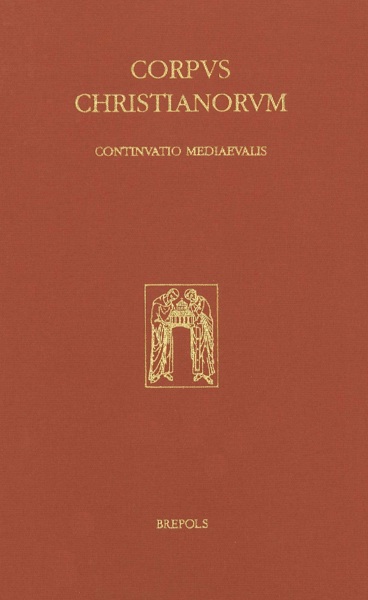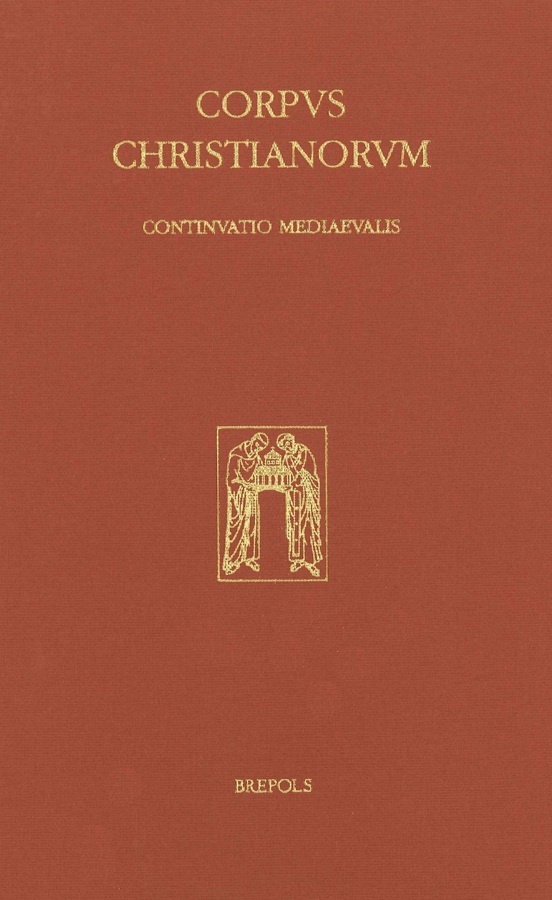
- Pages: 350 p.
- Size:155 x 245 mm
- Illustrations:16 col.
- Language(s):Latin
- Publication Year:2008
- € 235,00 EXCL. VAT RETAIL PRICE
- ISBN: 978-2-503-05131-4
- Hardback
- Available
The Ars demonstrativa has four parts or ‘distinctions’, of which the final part is a list of questions relating to the preceding parts, accompanied by their corresponding solutions in symbolic notation. The first distinction gives a detailed description of the figures. The second distinction expounds the ‘conditions’ of the Ars, the mechanisms which enable the reader to obtain information on the basis of the principles from Figures A V X, with a view to discovering the truth or falsity – Figures Y Z – by using Figures T and S, which establish relationships between the principles. The third distinction offers sixteen modes, or rather, applications for the mechanisms of the Ars, which are: remembering, understanding, loving, believing, contemplating, finding, ordering, preaching, expounding, resolving, judging, showing, disputing, advising, accustoming, curing.





